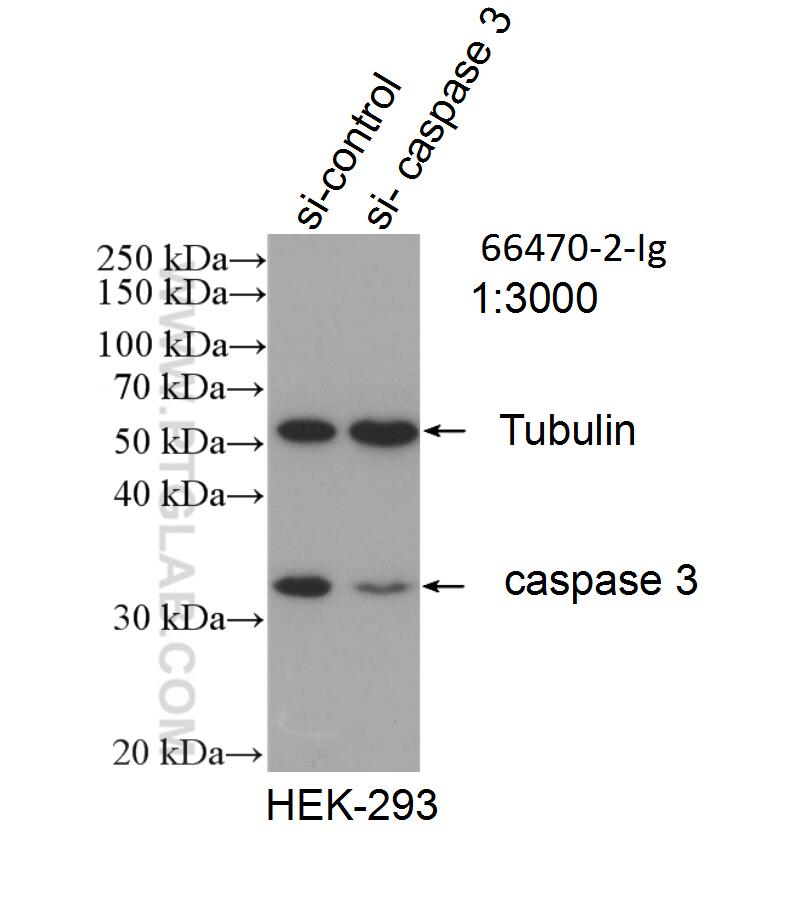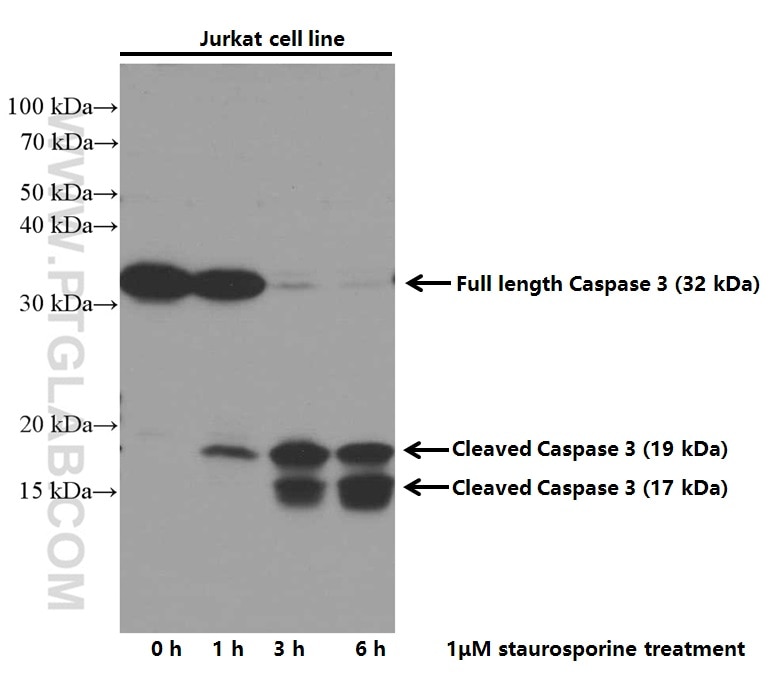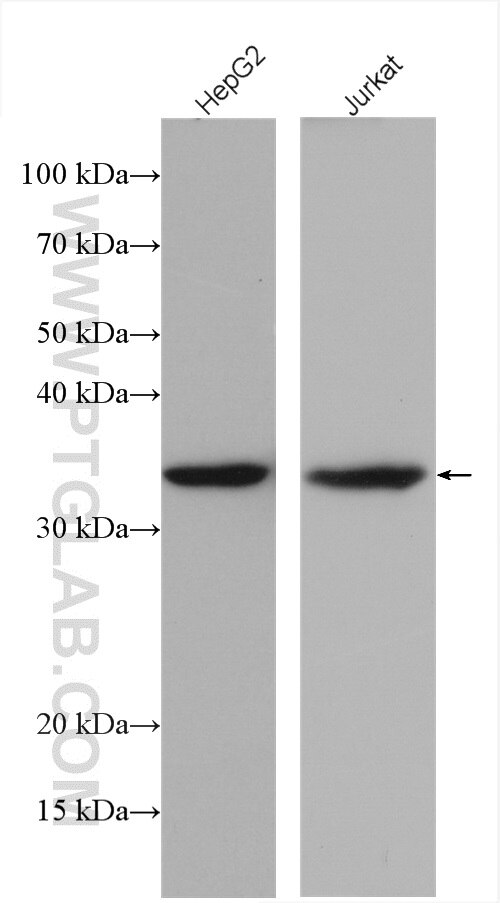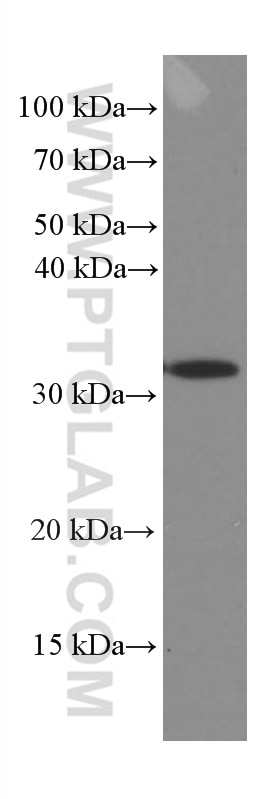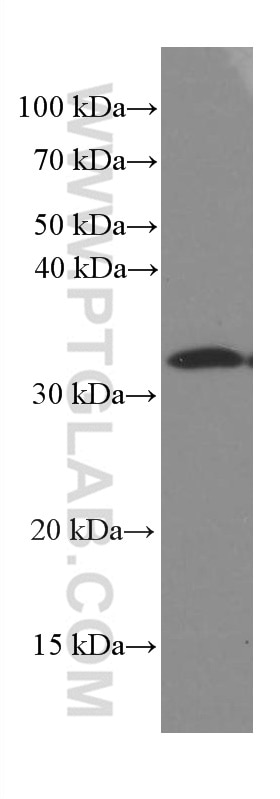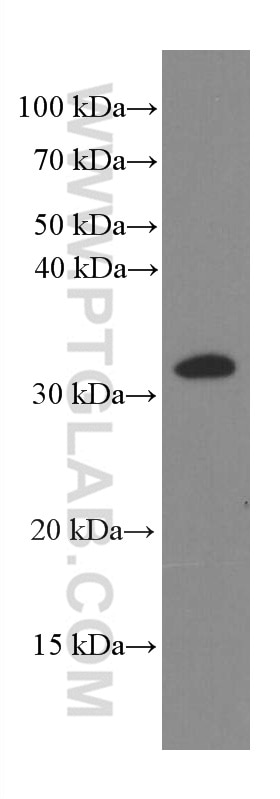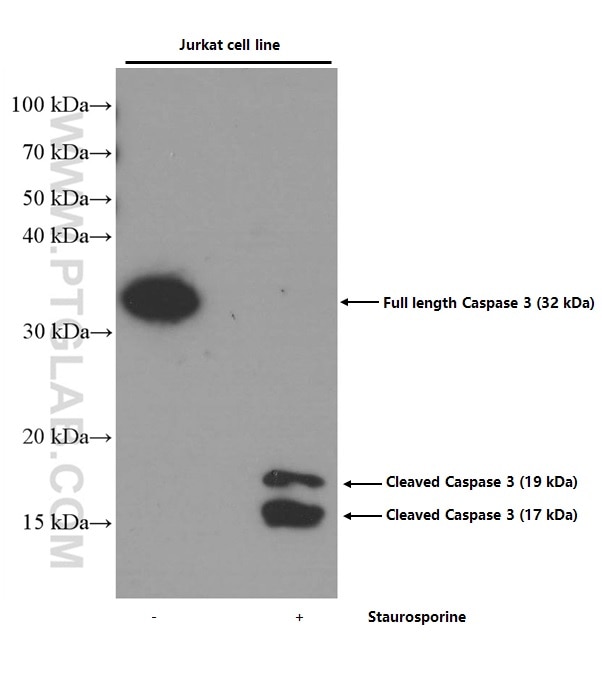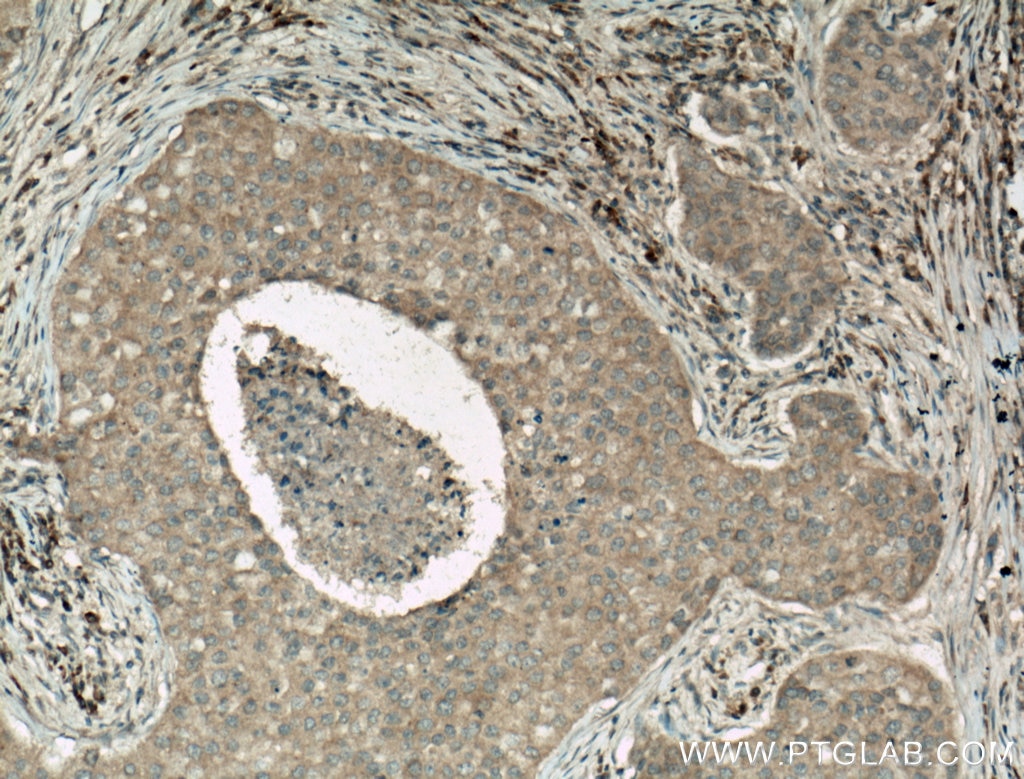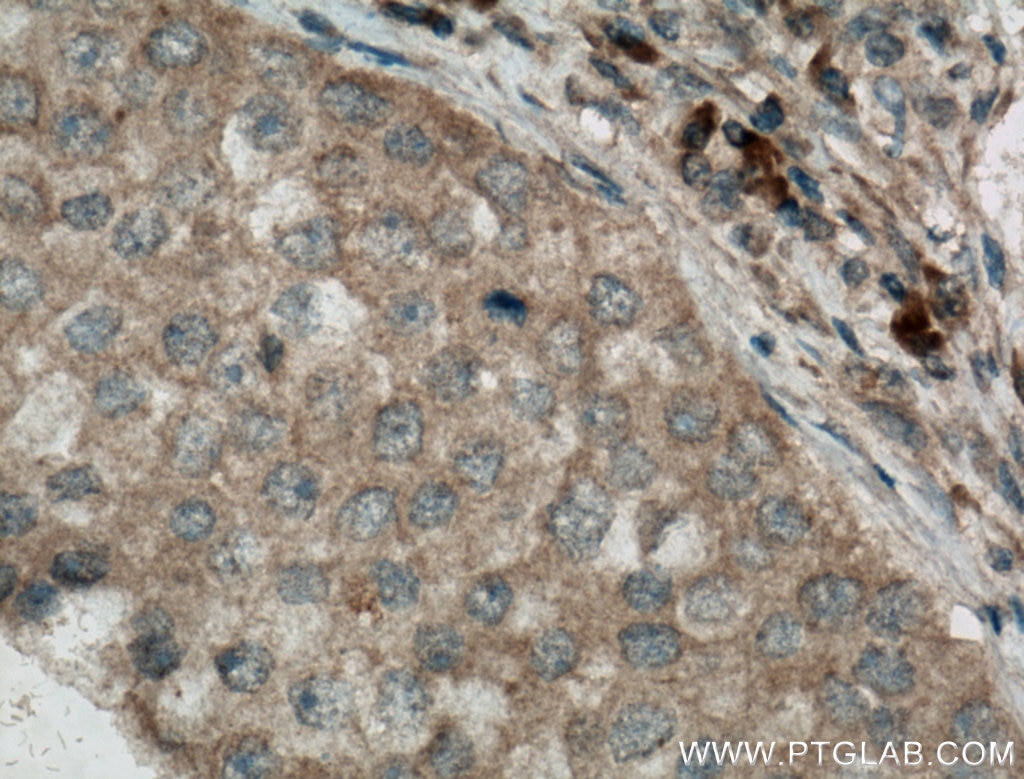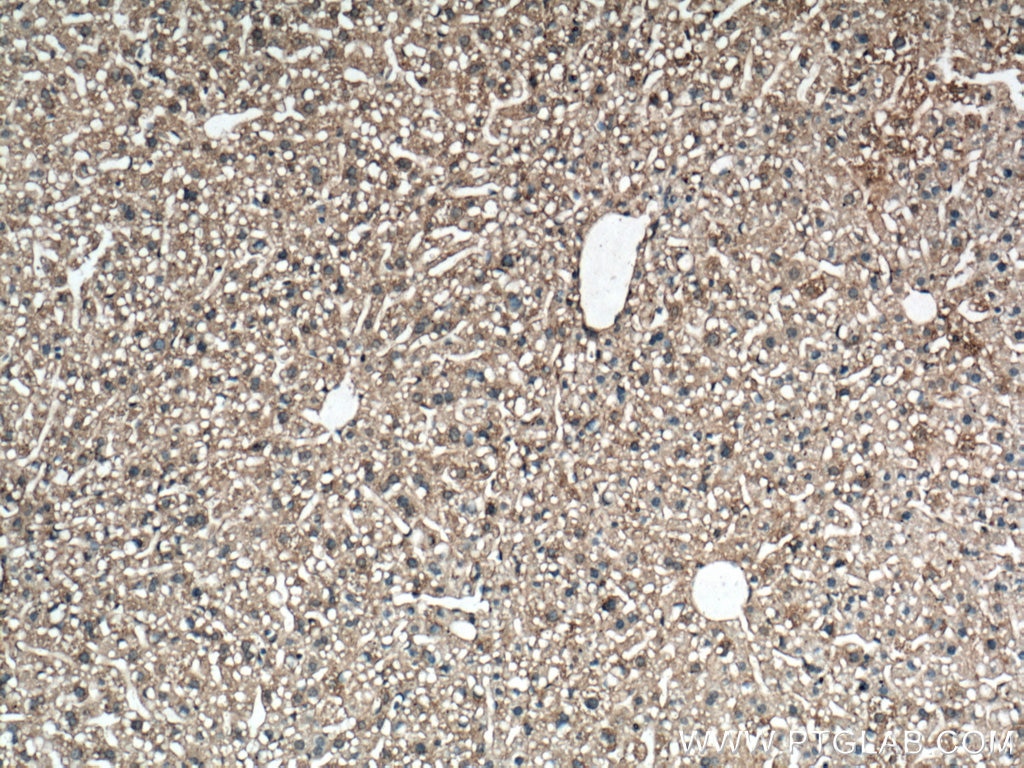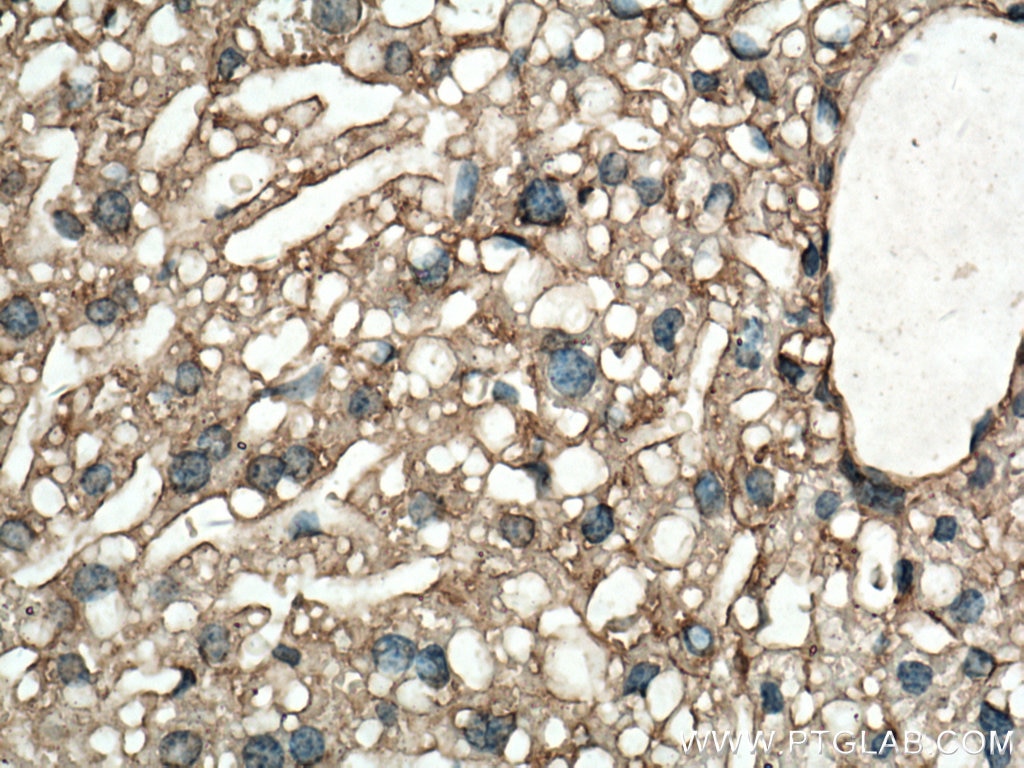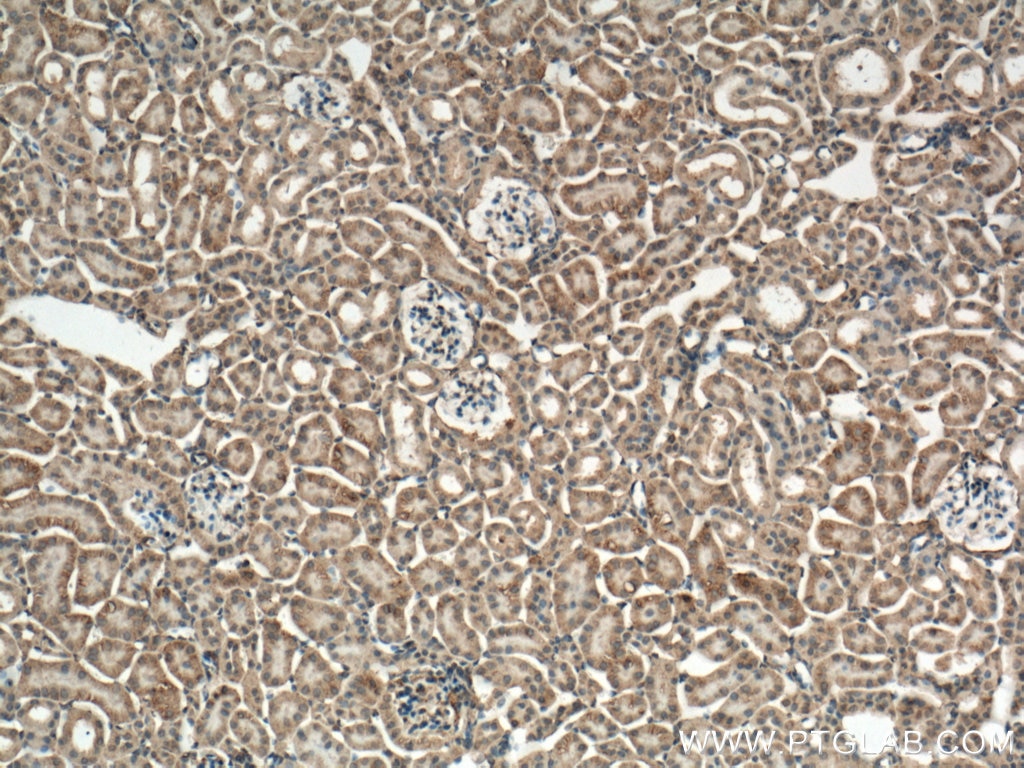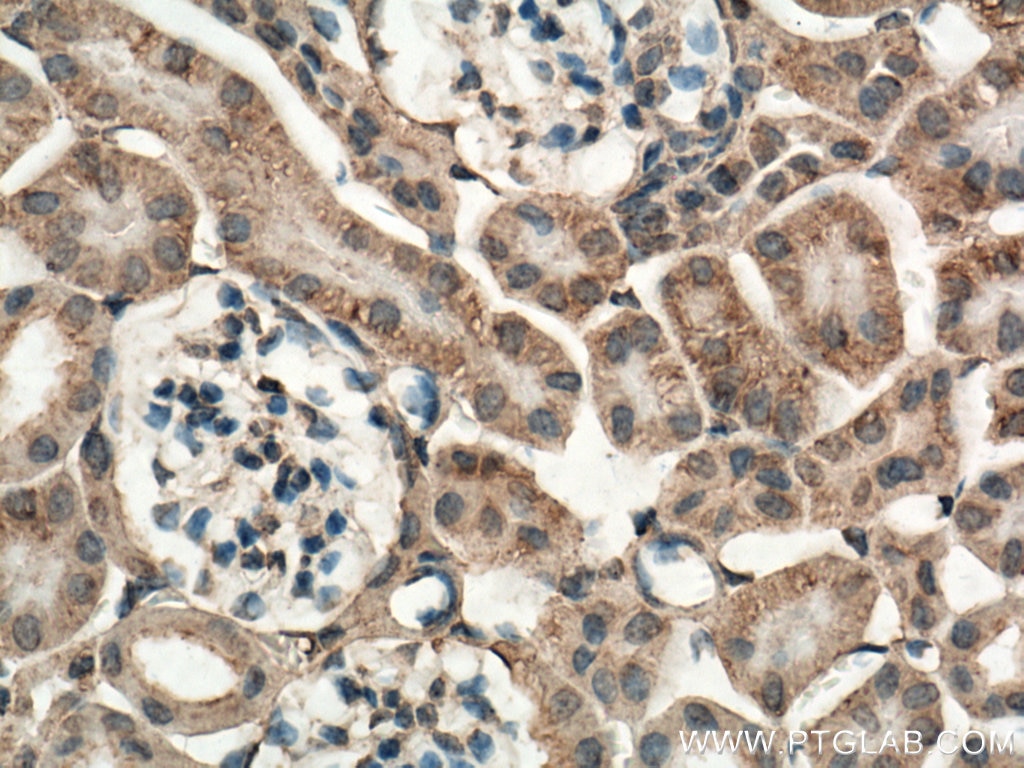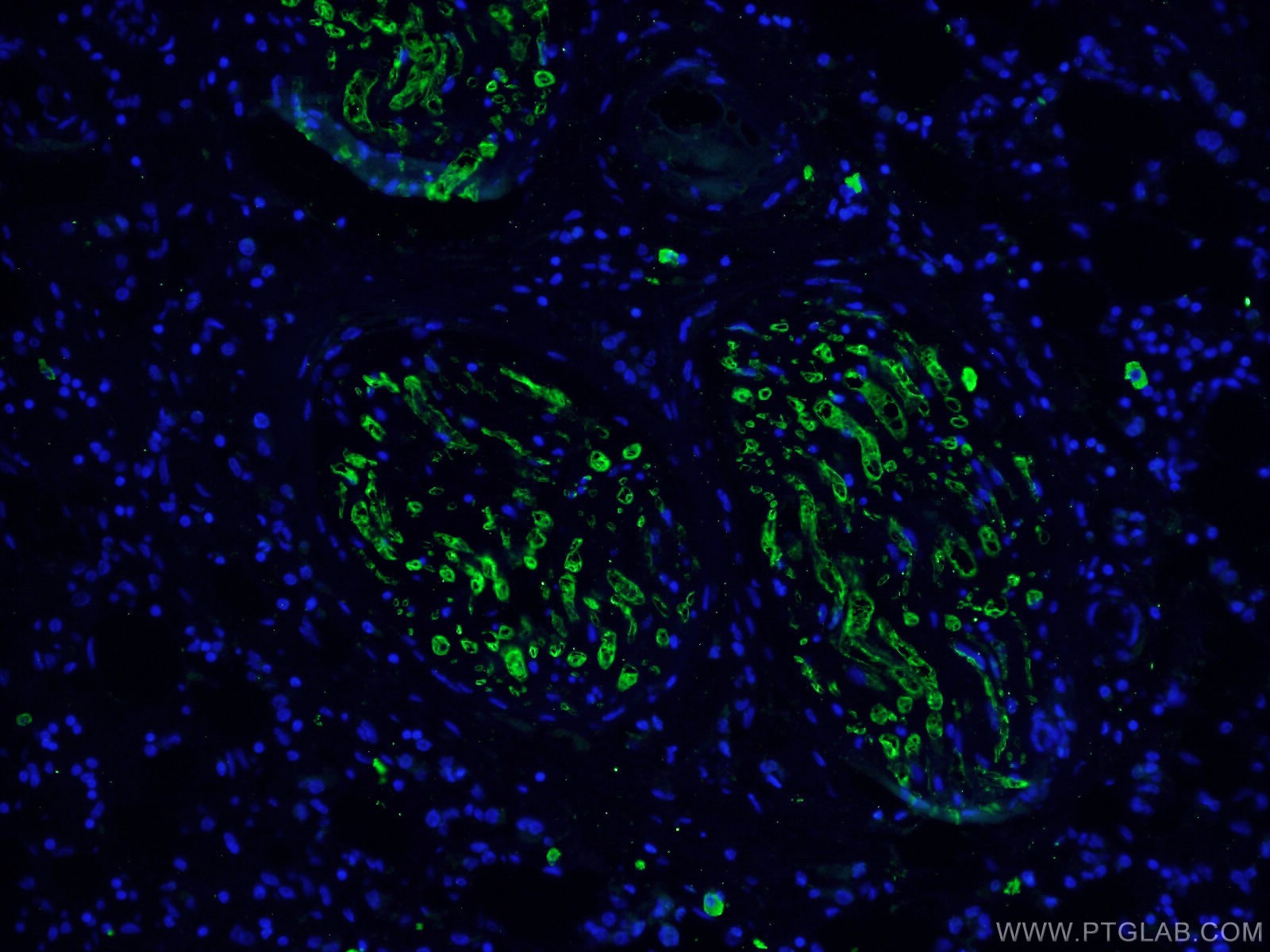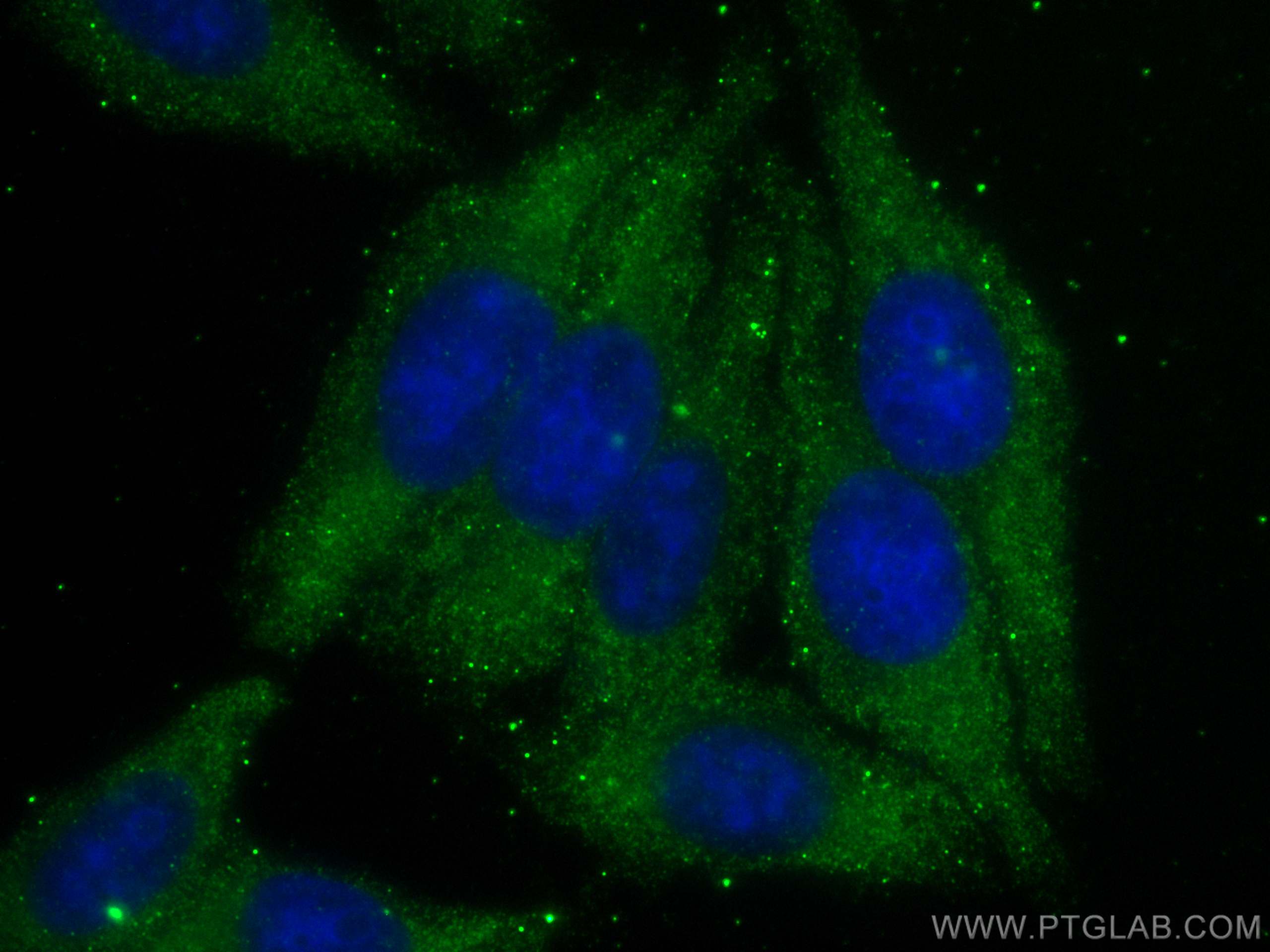- Phare
- Validé par KD/KO
Anticorps Monoclonal anti-Caspase 3/p17/p19
Caspase 3/p17/p19 Monoclonal Antibody for IF, IHC, WB, ELISA
Hôte / Isotype
Mouse / IgG1
Réactivité testée
Humain, souris et plus (5)
Applications
WB, IHC, IF, ICC, ELISA
Conjugaison
Non conjugué
214
CloneNo.
2G4B2
N° de cat : 66470-2-Ig
Synonymes
Galerie de données de validation
Applications testées
| Résultats positifs en WB | cellules Jurkat, cellules HEK-293, cellules HepG2, cellules NIH/3T3 |
| Résultats positifs en IHC | tissu de cancer du sein humain, tissu hépatique de souris, tissu rénal de souris il est suggéré de démasquer l'antigène avec un tampon de TE buffer pH 9.0; (*) À défaut, 'le démasquage de l'antigène peut être 'effectué avec un tampon citrate pH 6,0. |
| Résultats positifs en IF | tissu de cancer du sein humain, cellules HepG2 |
Dilution recommandée
| Application | Dilution |
|---|---|
| Western Blot (WB) | WB : 1:1000-1:3000 |
| Immunohistochimie (IHC) | IHC : 1:150-1:600 |
| Immunofluorescence (IF) | IF : 1:50-1:500 |
| It is recommended that this reagent should be titrated in each testing system to obtain optimal results. | |
| Sample-dependent, check data in validation data gallery | |
Applications publiées
| WB | See 196 publications below |
| IHC | See 18 publications below |
| IF | See 13 publications below |
Informations sur le produit
66470-2-Ig cible Caspase 3/p17/p19 dans les applications de WB, IHC, IF, ICC, ELISA et montre une réactivité avec des échantillons Humain, souris
| Réactivité | Humain, souris |
| Réactivité citée | rat, canin, Humain, plante, porc, poulet, souris |
| Hôte / Isotype | Mouse / IgG1 |
| Clonalité | Monoclonal |
| Type | Anticorps |
| Immunogène | Caspase 3/p17/p19 Protéine recombinante Ag25029 |
| Nom complet | caspase 3, apoptosis-related cysteine peptidase |
| Masse moléculaire calculée | 277 aa, 32 kDa |
| Poids moléculaire observé | 32-35 kDa, 19 kDa, 17 kDa |
| Numéro d’acquisition GenBank | BC016926 |
| Symbole du gène | CASP3 |
| Identification du gène (NCBI) | 836 |
| Conjugaison | Non conjugué |
| Forme | Liquide |
| Méthode de purification | Purification par protéine G |
| Tampon de stockage | PBS avec azoture de sodium à 0,02 % et glycérol à 50 % pH 7,3 |
| Conditions de stockage | Stocker à -20°C. Stable pendant un an après l'expédition. L'aliquotage n'est pas nécessaire pour le stockage à -20oC Les 20ul contiennent 0,1% de BSA. |
Informations générales
Caspases, a family of endoproteases, are critical players in cell regulatory networks controlling inflammation and cell death. Initiator caspases (caspase-2, -8, -9, -10, -11, and -12) cleave and activate downstream effector caspases (caspase-3, -6, and -7), which in turn execute apoptosis by cleaving targeted cellular proteins. Caspase 3 (also named CPP32, SCA-1, and Apopain) proteolytically cleaves poly(ADP-ribose) polymerase (PARP) at the beginning of apoptosis. Caspase 3 plays a key role in the activation of sterol regulatory element binding proteins (SREBPs) between the basic helix-loop-helix leucine zipper domain and the membrane attachment domain. Caspase 3 can also form heterocomplex with other proteins and performs the molecular mass of 50-70 kDa. This antibody can recognize p17, p19 and p32 of Caspase 3.
Protocole
| Product Specific Protocols | |
|---|---|
| WB protocol for Caspase 3/p17/p19 antibody 66470-2-Ig | Download protocol |
| IHC protocol for Caspase 3/p17/p19 antibody 66470-2-Ig | Download protocol |
| IF protocol for Caspase 3/p17/p19 antibody 66470-2-Ig | Download protocol |
| Standard Protocols | |
|---|---|
| Click here to view our Standard Protocols |
Publications
| Species | Application | Title |
|---|---|---|
Acta Pharm Sin B Protocatechuic aldehyde protects cardiomycoytes against ischemic injury via regulation of nuclear pyruvate kinase M2. | ||
Small Inherent Capability of Self-Assembling Nanostructures in Specific Proteasome Activation for Cancer Cell Pyroptosis | ||
Nat Commun BNC1 deficiency-triggered ferroptosis through the NF2-YAP pathway induces primary ovarian insufficiency | ||
Acta Biomater Sodium alginate/collagen/stromal cell-derived factor-1 neural scaffold loaded with BMSCs promotes neurological function recovery after traumatic brain injury. | ||
Biomaterials Autophagy-inhibiting polymer as an effective nonviral cancer gene therapy vector with inherent apoptosis-sensitizing ability. | ||
ACS Appl Mater Interfaces Endoplasmic Reticulum-Targeted Aggregation-Induced Emission Luminogen for Synergetic Tumor Ablation with Glibenclamide |
Avis
The reviews below have been submitted by verified Proteintech customers who received an incentive forproviding their feedback.
FH K. (Verified Customer) (10-26-2023) | This Ab is working good for human, rat and mouse proteins samples.
|
